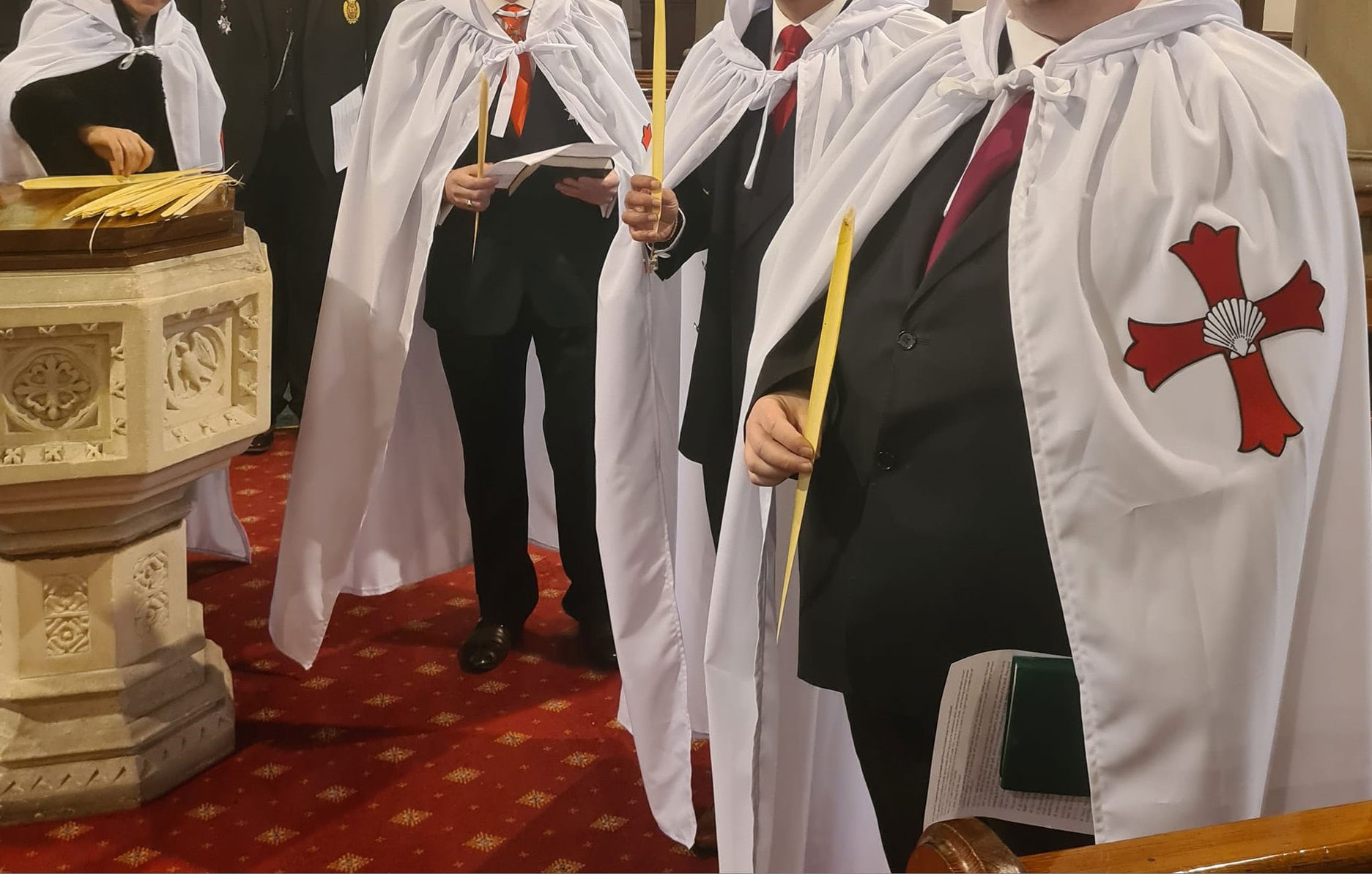The Cross and the Crusaders: A Symbol of Faith
Throughout the Middle Ages, few images were as iconic as that of a Crusader knight riding into battle with a cross emblazoned upon his cloak, surcoat, or shield. To medieval Europe, this was far more than a decorative emblem - it was a sacred declaration of identity, faith, and divine purpose. This symbol, simple in design yet profound in meaning, became the defining mark of the Christian Crusaders, representing both their martial courage and spiritual devotion.
The Origins of the Crusades
The origins as a knightly insignia are closely tied to the Crusades, a series of holy wars launched after Pope Urban II’s call in 1095 to reclaim the Holy Land from Muslim control. Those who answered this divine summons took the vow and became known as the crucesignati.
By sewing it onto their tunics or mantles, ordinary knights became soldiers of Christ, fighting not merely for earthly gain but for the salvation of their souls.
The Cross of the Knightly Orders
Each Crusading order developed its own distinctive version, giving rise to symbols that carried deep spiritual meaning:
- The red cross of the Knights Templar – symbolizing martyrdom and faith
- The black cross of the Teutonic Knights – representing discipline and devotion
- The white Maltese cross of the Hospitallers – signifying purity and charity
These sacred emblems united warriors from across medieval Europe under one divine mission, linking courage on the battlefield with a higher spiritual calling.
From Roman Shame to Christian Redemption
Before it adorned the armor of medieval Crusaders, was a symbol of suffering and execution in the Roman Empire. It was through the crucifixion of Jesus Christ that this instrument of death was transformed into a universal symbol of hope, faith, and eternal life.
To the Christian knight, wearing it meant embracing this paradox - acknowledging both Christ’s suffering and the promise of redemption. It was a reminder of sacrifice and the eternal struggle between sin and salvation.
The Crusaders’ Cross on the Battlefield
On medieval battlefields, the cross served as both a rallying point and a declaration of purpose. Cloaked in this sacred emblem, Crusaders believed they were fighting in a holy war ordained by God.
The cry of “Deus vult!” - meaning “God wills it!” - resounded across the Holy Land, uniting knights of many nations under one Christian cause. The cross became a visible sign of divine authority, unity, and courage, transcending language and culture.
From War to Compassion
As centuries passed, the meaning evolved from one of holy conquest to one of charity and service. The ideals of courage and sacrifice that defined the Crusaders were inherited by humanitarian orders devoted to mercy and healing.
The Hospitaller Order, once a brotherhood of Crusader knights, eventually focused on caring for the sick and poor, carrying forward the cross not as a symbol of battle, but as one of compassion and healing.
A Modern Legacy of the Crusaders’ Symbol
The transformation of it culminated in the creation of the International Red Cross, founded in the nineteenth century by Henry Dunant. Its emblem was chosen as a sign of neutrality, compassion, and protection during war.
What was once a mark of Christian Crusaders now serves as a global humanitarian symbol, representing hope, healing, and the preservation of human life across all faiths and nations.
From Crusaders to Caregivers
From the Crusades to the Red Cross, the journey of this sacred emblem mirrors the moral evolution of humanity itself. The cross that once led Crusaders into battle now unites people in acts of mercy and compassion.
It remains one of history’s most powerful symbols - an enduring testament to faith, redemption, and the transformation of war into healing.
